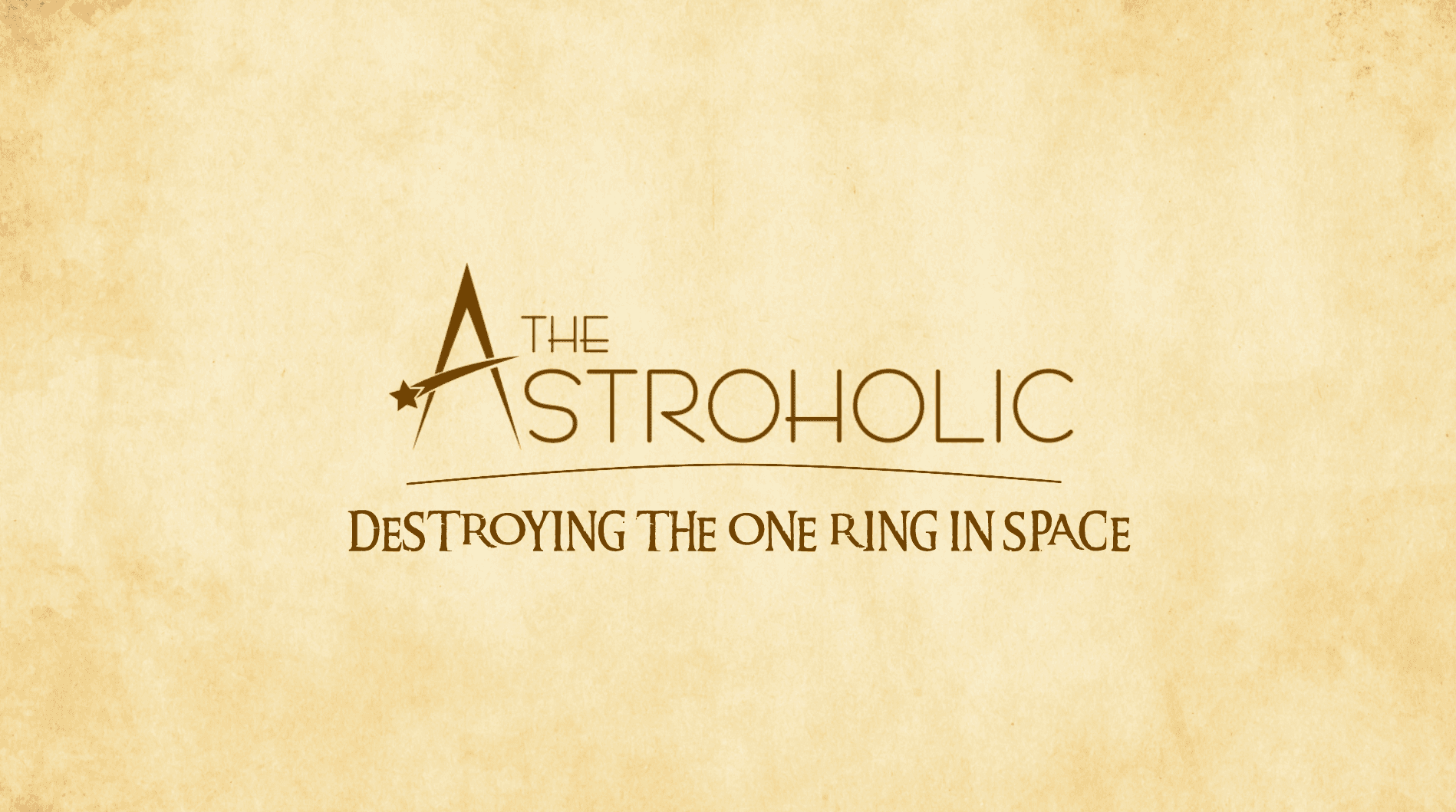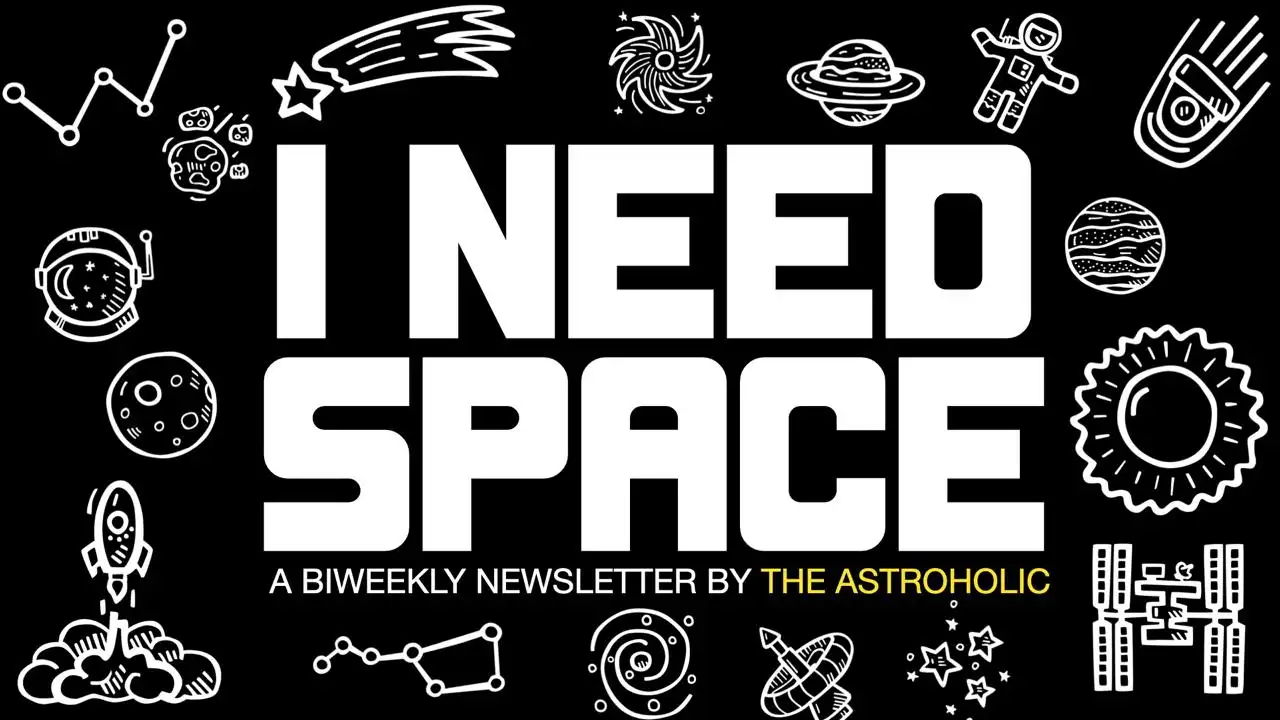I was asked by Larry, one of my students, about what would be the best place in the solar system to destroy the One Ring. Since the 25th of March is the anniversary of its destruction and the fall of Sauron I thought I’d dedicate this vlog to answering the question as seriously and as accurately as possible.
The one ring is described as being made of gold. Since it has the ability to withstand impacts, let’s assume is made of a strong gold alloy. A gold platinum alloy has a great tensile strength and a melting point of 1370K[1]. Pre-industrial forges were able to reach 1250K, enough for the forging of iron but not enough for melting gold rings. So far so good.
The council of Elrond voted in favour of destroying the ring by using the heat of a volcano, one of the only volcanoes known in Middle Earth. We have many volcanoes on Earth but very few reach the right temperature. A good fraction of active volcanoes on Earth are not hot enough to reach the forging temperature of gold (60% of the melting temperature) let alone being able to liquefy the ring of power. The magma temperature depends on its composition.
If I were a chemist, I’d use Aqua Regia, a mixture of chloridic and nitric acid, and dissolve the gold. But I’m an astrophysicist, so my problems and my solutions are in the sky. My student suggested Venus. With an acid atmosphere, incredible surface pressure and high temperature, Venus is the perfect place to destroy things without leaving any traces. Every probe we sent to Venus was obliterated within minutes.
And yet, the One Ring will survive unscathed. Although affected by Aqua Regia, gold will not be affected in its journey through the carbon dioxide rich Venusian atmosphere. On the surface it will be subject to a temperature of 467 degrees Celsius and a pressure of 90 million Pascal, which is the equivalent to being 1 kilometre underwater. The Ultimate strength of gold is 205 million Pascal. The ring will sit quietly waiting for the Space Nazgul to come and collect it.
So, we need hot volcanoes.. hotter than Earth. And we are in luck. Io, Jupiter’s fourth-largest moon, is geologically active and covered in ultramafic volcanism. Loki Patera for example is a lava lake with a diameter of 202 kilometres and a temperature of 1387 K (± 287 K)[2]. This is definitely sufficient to destroy the One Ring.
But Sauron is not playing amateur hour here. He created an object with incredible properties: it appears gold, it has a melting point in the mid 1000 of degrees, it can’t be dented and if put in a fire remains cold, implying a high heat capacity and low thermal conductivity which is an unlikely quality for a metal.
From the known metals and alloys, I found a fairly good candidate. The nickel super-alloys fit the bill excellently. High melting point, high tensile strength with moderately high heat capacity, and low thermal conductivity[3]. It’s not the material of the ring obviously. It’s not gold, it can’t change shape, and it’s not imbued with an evil spirit, but if it’s strong enough to be use in plane propellers then it’s good enough for the Dark Lord.
I.N.Q. (Incredibly Nerdy Questions)
From Stuart: Could you just cool it down and then smash it?
Unfortunately not. Gold can’t be broken down like most metals by freezing it. It’s Ultimate Tensile Strength remains high in the range of temperature you find on the bodies of the solar system.
From James: Will pressure affect gold melting temperature?
Pressure makes gold harder to melt. So, the high pressure on Venus will make no difference. I used the low pressure value of the gold melting point so that no corrections were necessary on Io
REFERENCES:
2. http://www.sciencedirect.com/science/article/pii/S0019103513002261
**3.**http://www.matweb.com/search/datasheet.aspx?matguid=d780eaa45777430887a7184f2380f297&ckck=1

